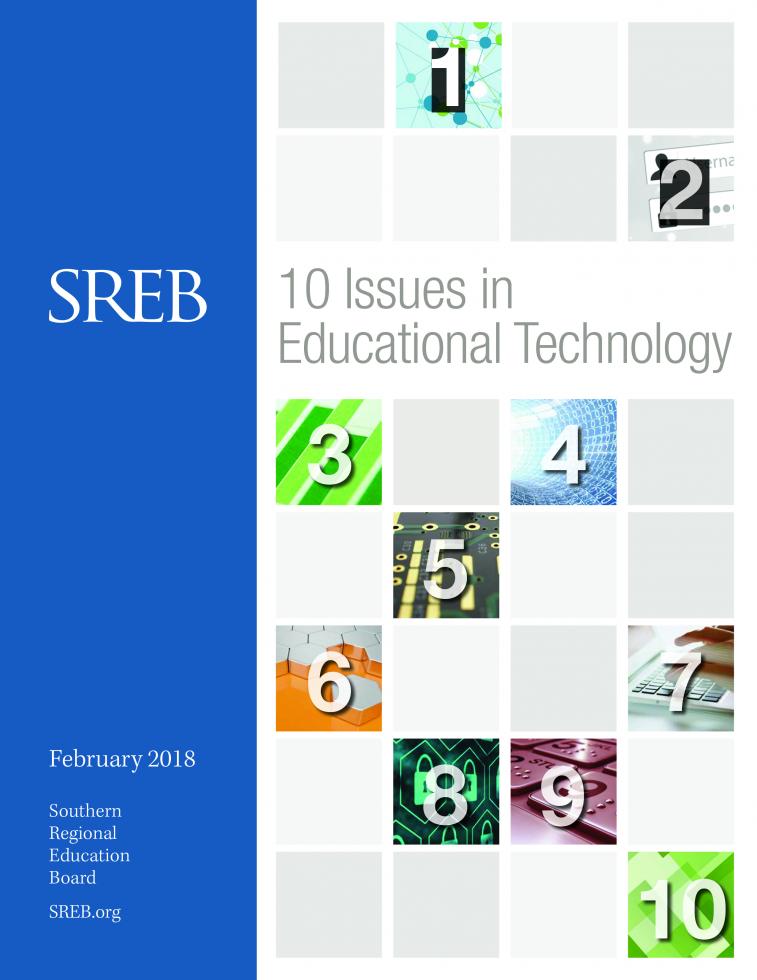Why It’s Critical for States to Move on Educational Technology
Educational technology, once the wave of the future, is now part and parcel of modern education — it supports innovative teaching methods, personalized learning models, and data systems that lead education policy makers toward better real-time decisions.
A 21st-century education is almost unimaginable without up-to-date technology, and states that address these issues now will send their best-prepared students out into the digital world.
It all comes down to students, of course, who need to be digitally literate if they’re to learn all they can and reach their highest potential in the 21st-century workforce. They can’t do it without educational technology, or without teachers trained and equipped to use it. At SREB’s Educational Technology Cooperative we work to help states make the most of these technology investments, and to choose them wisely.
“Technology is an accelerator,” says Richard Culatta, head of the International Society for Technology in Education. “If you apply it to bad teaching practices, you’ll get faster bad teaching practices; if you apply it to high-quality teaching practices, you’ll get faster high-quality teaching practices.”
Technology is about connections, and the latest digital resources provide them across the educational spectrum: between parents and teachers (with home-to-school communication apps), between students learning from each other, and among teachers and staff trained in proven pedagogies such as blended learning and competency-based learning. It also lets administrators link data systems statewide and use advanced analytics to predict student outcomes.
“Technology is an accelerator.”
All of which takes investment, certainly, but we would argue that delay will cost states much more. Progress means laying the proper digital-learning foundations — bandwidth, classroom IT, broad access, data privacy — and capitalizing on investments already made.
I think it’s clear, too, that moving now on technology is critical if states are to face down immediate threats to disrupt schools and districts (and their budgets). These include expensive lawsuits over such issues as digital accessibility but also very real threats from outside: hacking and other security breaches. Data privacy and security are essential to schools, districts and states, and such breaches are much more expensive to fix than to prevent.
“This is something that the education industry has been late to the table to,” says Tara Garcia Mathewson, an education reporter covering innovation and technology. “Schools are collecting more data now than they used to, and hackers are turning to schools as sources of data that’s worth stealing.” EdTech Strategies, a cybersecurity consultancy, has recorded more than 300 such attacks on schools since January 2016.
The Educational Technology Cooperative’s 10 Issues report can help your state assess its tech status and make informed, efficient policy decisions — staying ahead of the curve.



